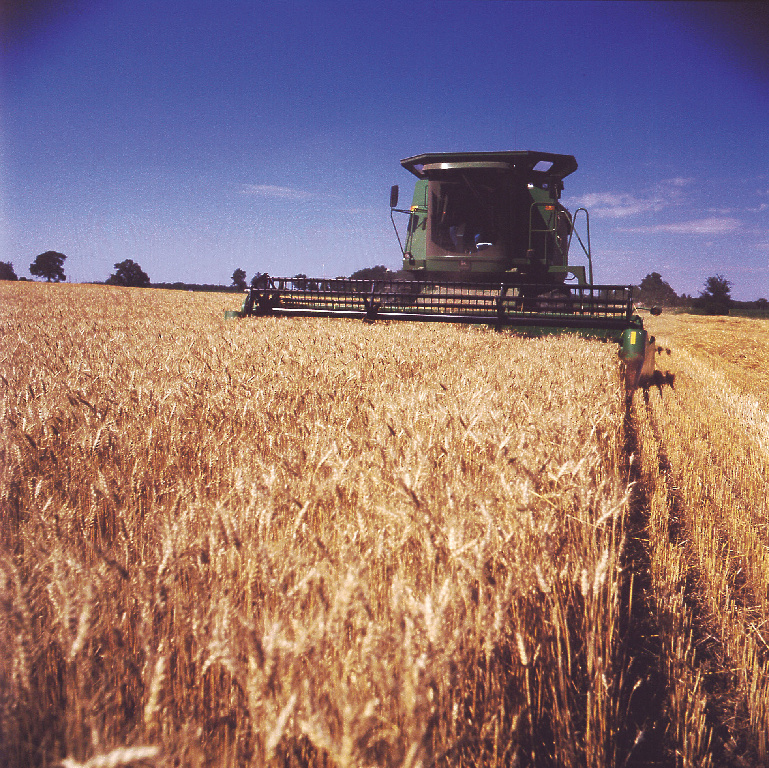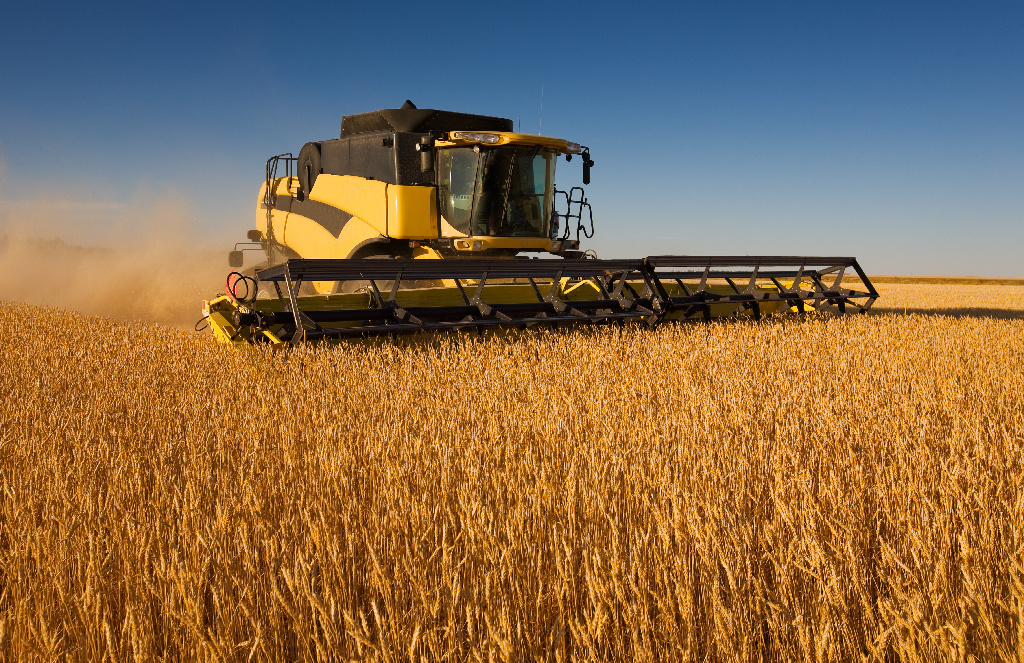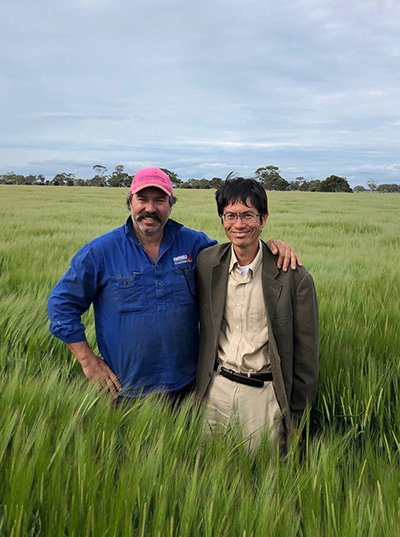Rains and cooler weather slowing down harvest progress
by Matthew Wallis
Last week’s rain events throughout New South Wales saw up to four inches fall in parts, proving to be more of a hinderance than help given the volume of exposed hay sitting in paddocks and maturity of the crop. Different story if we faced this event six to eight weeks ago. On the bright side, dams have been filled and any lucerne or pasture will enjoy a well overdue reprieve.
The rains and cooler weather have slowed down harvest progress in southern New South Wales as the moisture levels have struggled to decline with farmers only looking to wind up again this week.
To date, the majority of the barley has been harvested to the north of the Murrumbidgee with varying results. Screenings have become an issue this year with a higher proportion of the crop experiencing screenings of 20% up to 90% in some cases. New segregations have been made to cater for the crop however at a discount that has encouraged growers to store on farm. The silver lining is that there has been a strong correlation between high screenings and high protein content in barley this year, suggested to be favourable for feeding livestock in containment lots. Given the challenging conditions of the year, there has been absolute minimal malt barley received mainly due to the protein requirements.
Canola harvest is only in the early stages and due to the volume cut for hay, shouldn’t extend for long. Generally speaking, oil content has been slightly better than expected as the poorer crops already have strings wrapped around them. Pricing at most sites are bid from $605-$620/mt.
Wheat has started in central New South Wales with majority of the crop meeting H2 and APH2 specifications. Screenings have not been an issue to date in the harvested New South Wales crop. Meanwhile in northern South Australia there has been a more even distribution of grades received with the bulk making between APW1 and H1 specifications.
Moving forward, the forecast looks promising with slightly warmer weather expected ensuring we get away from this stop/start pattern and can get a clear run at harvest for at least the next week.
Friday night we saw the release of the latest USDA World Agricultural Supply and Demand Estimates. Wheat futures declined with marginal increases to world production and ending stocks. Australian wheat production was cut 800,000mt to 17.2Mmt, highlighting a large discrepancy from global to local estimates which range from as low as 14Mmt. Currently the December Chicago contract is trading around 510 USc/bu or $274 AUD/mt. Domestically prices have been relatively flat for all commodities leading into the harvest period with growers preferring to warehouse for the time being. Domestically the flour millers have started to bid at site however yet to show their hand at this stage. For the meantime protein spreads have been minimal at site level whilst the feed grains have been strongly bid closing the spreads to the downside.
Harvest standoff and it is yet to kickoff!

Harvest is underway in the Central West with barley starting to come off. From all reports it has again excelled in a difficult season with both quality and yield surprising all parties involved.
Read MoreGrowers to benefit from new secure settlement service

On the back of industry demand for payment security, Clear Grain Exchange (CGX) is now providing their secure settlement service for cash prices published at GrainFlow sites.
Read More
Prices soften as headers begin to roll

Barley is the main focus, as headers have started to roll in some areas of New South Wales and harvest is officially underway.
Read More
Japan's oldest beer brand seeks quality in South Australia

Sapporo has a long term supply agreement with Cargill Malt and Sapporo’s lead barley breeder Dr Dr Ryouichi Kanatani is currently in South Australia visiting barley growers, storage facilities and malt processing plants.
Read More